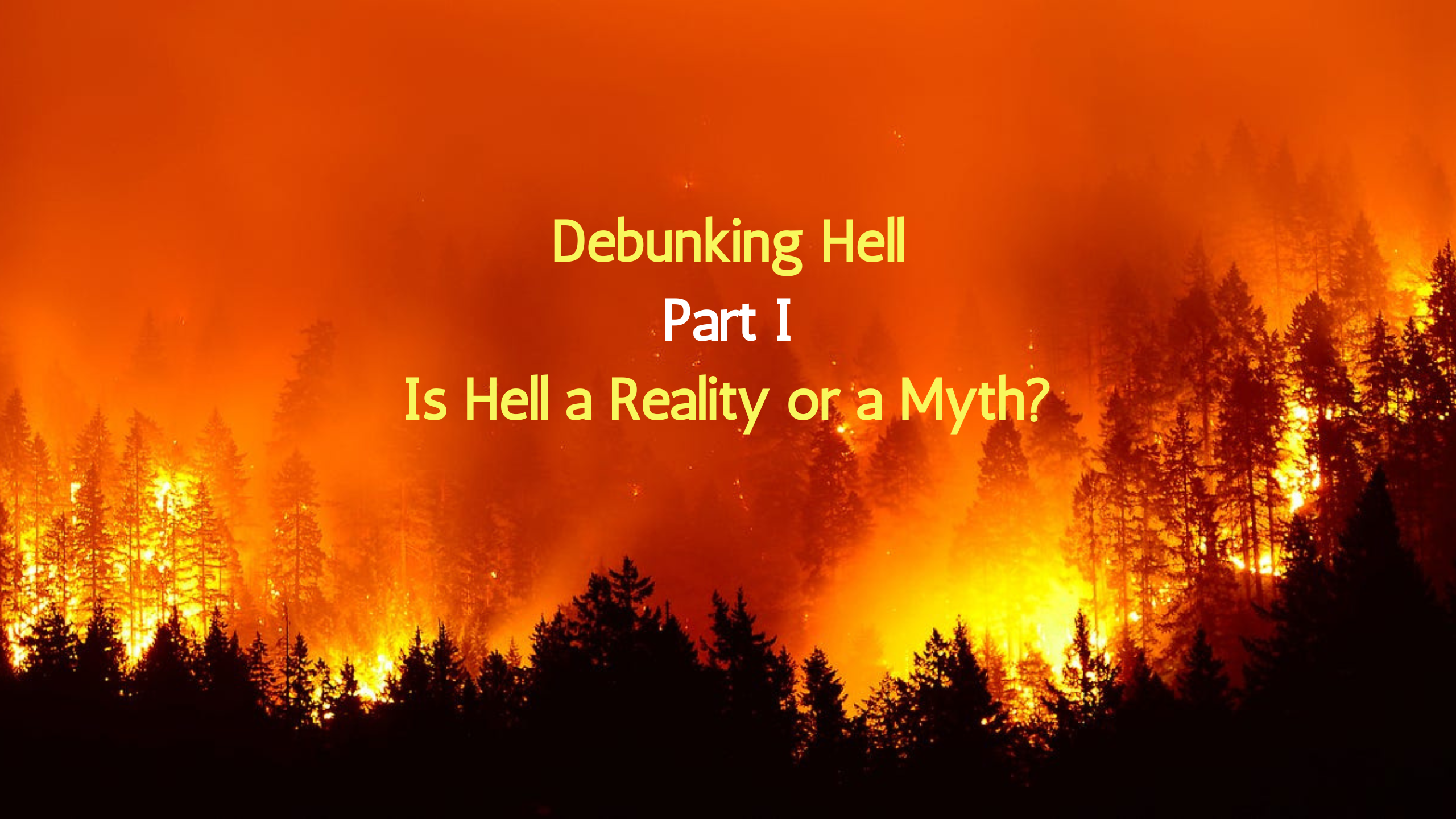Is Hell a reality or a myth? Is there a place called hell where God sends people to be tormented forever? Is hell Biblical or Mythical? Where does our image of hell, with its fires, chains, and agonizing screams, come from? The first person to introduce us to this image of eternal damnation was the 14th-century Italian poet Dante Alighieri. He wrote “The Divine Comedy,” better known as “Dante’s Inferno” and the 9 Circles of hell. He was heavily influenced by the Catholic teachings of the time and very politically active against the Pope. In the 17th century, an English poet named John Milton wrote the epic poem Paradise Lost. Paradise Lost is the most prevalent view of the Fall in Genesis, Satan, hell, free will, temptation, judgment, and redemption. Every picture you have of hell is from Milton.
The King James Bible, first published in 1611, during the lifetime of John Milton, probably influenced Milton’s view of hell by inaccurately translating Sheol, hades, and gehenna as hell. Henry VIII commissioned 48 members of the Church of England for the translation because he wanted to divorce his wife and marry Ann Boleyn. The King James translators substituted “hell” for the Greek word “Gehenna.” In Jesus’ day, Gehenna was a valley in the Southeast of Jerusalem. They also translated Hades (unseen) as hell and Sheol (the grave) as hell.
We see this in places like the Parable of Lazarus and Abraham in Luke 16. We also see other mistranslations of hell in the KJV in the following passages: Acts 2:27-31, Rev. 1:17-18; 17, Rev. 6:8, and Rev. 20.13-14.
In the Old Testament, hades and sheol are synonyms for the unseen or the grave. But hades and Sheol were also used for national judgment, such as in the “vanishing” of a nation:
Babylon; Isaiah 14:13-15
Tyre; Ezekiel 26:19-21
Jesus judged Capernaum in Matthew 11:23 the way, and it vanished forever.
If the concept of hell as a place of eternal torment isn’t in scripture, where did it originate? Where did Alighieri and Milton get it? From Greek mythology. Hades was the god of the underworld. The souls of the dead would go to the abode of Hades.
We get another word used from hell by the Greeks: Tartarus, A gloomy place or deep abyss below Hades. Translated hell in 2 Peter 2:4 talks about the punishment of angels, not humans, and there’s no fire or torment.
Hades came into biblical usage when Alexander the Great translated the Hebrew writings into Greek, creating the Septuagint. To the Greeks, Hades meant something much different than to the Jews. By Jesus’ day, the Jews were Hellenized and Romanized. They spoke Aramaic, Greek, and Latin. The entire New Testament is written in Greek, and the majority of the church by 70 AD had a non-Jewish heritage.
Did the first-century Jews have a concept of a place of final flaming judgment? No. How do we know this? What did the Torah say about this Before the Mosaic Law:
- Adam and Eve: God never told Adam and Eve anything about a place of torment.
- Cain: Cain wasn’t told he would be tormented in hell forever.
- Noah: Noah preached judgment, not eternal hell.
- Sodom and Gomorrah: they were destroyed without a warning of hell.
What did the Torah say Under the Mosaic Law:
Deuteronomy 28-30 are the blessings and curses for the Jewish people if they keep or break the Mosaic covenant. Every conceivable physical punishment is listed regarding the judgments for breaking the covenant. But these temporal punishments would occur in this world and a gloomy underworld of torment.
Our concept of hell today isn’t found anywhere in the Old Testament. The word gehenna isn’t in the Greek Old Testament. A place of endless conscious torment from God was unknown. So, where did the concept of the place of eternal suffering and torment come from? Not from the Bible.


